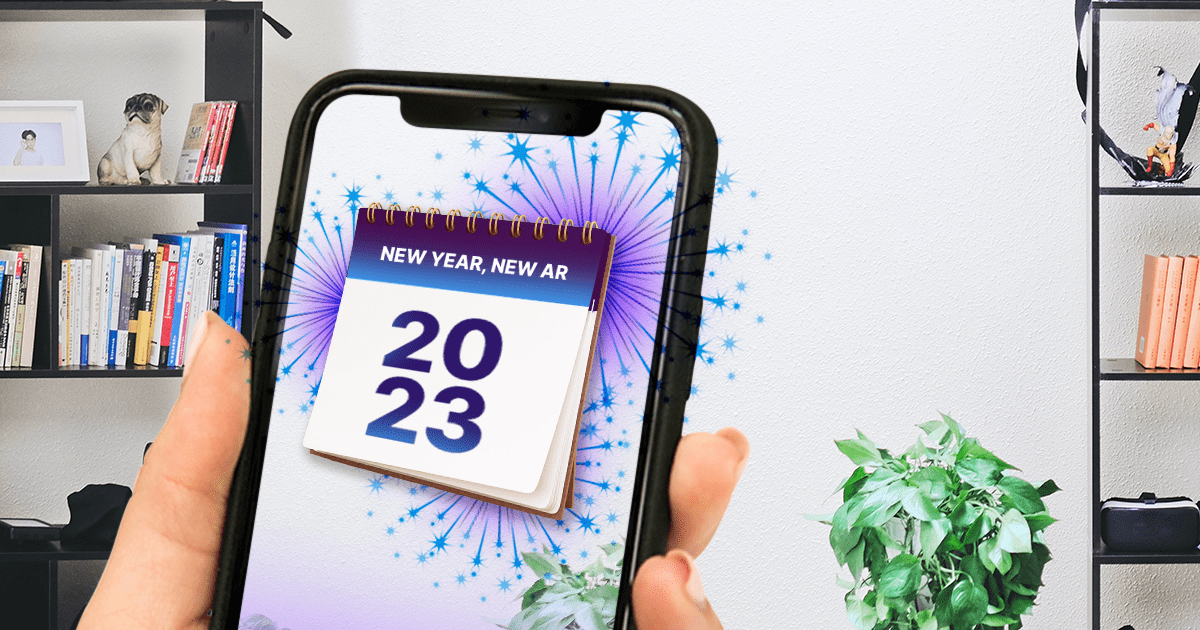In today’s digital world, there is an abundance of creative content available online.
This can make it challenging for brands to stand out and achieve campaign success.
As a result, media quality is becoming increasingly important for brands looking to differentiate themselves and capture the attention of their audience.
Having high-quality content is crucial to stand out in a crowded marketplace and effectively communicate a brand’s message. This includes both the design and the messaging of the content, as well as ensuring that it is relevant and engaging for the audience.
Dynamic creative is replacing static creative as the preferred approach, as it allows for more flexibility and adaptability based on first- and third-party data and contexts.
This allows brands to better tailor their content to the needs and preferences of their audience, increasing the chances of success.
One of the most dynamic pieces of content on the market today is Augmented Reality content.
Two factors, in particular, go to validate what we are saying:
- Media Quality
- Phygital Experience
Both go to build two golden loops.
Media Quality systematically generates increased attention to the content, this increased attention results in increased recall and thus Memorability of a piece of content.
What does memorability bring us? An increase in Awareness.
And this is a Branding Golden Loop.
A Phygital experience on the other hand improves the overall experience for the customer, creating more engagement between brand and audience resulting in more data being collected on the customer journey.
What we call: Customer Experience Golden Loop.



